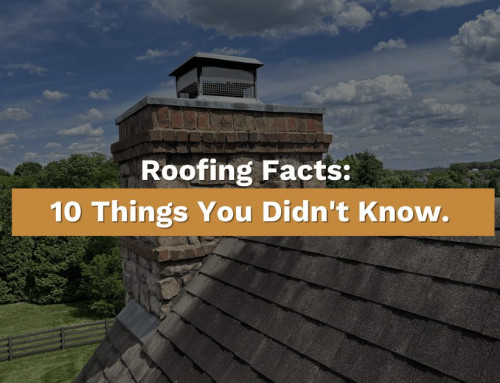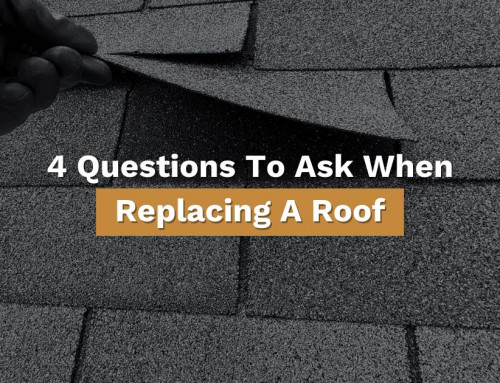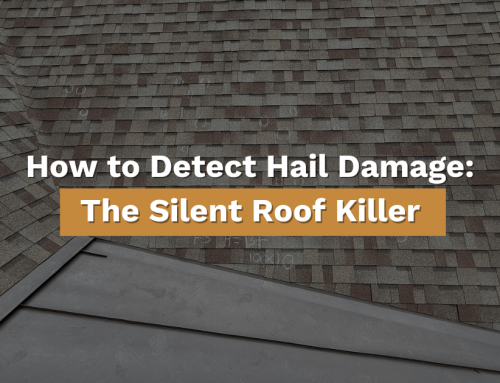Watching for the 10 most common roof problems can save you significant money. Catching damage early and repairing it can save you the cost of a complete roof replacement.
Here are the 10 most common problems to be on the lookout for…
Poor or Faulty Installation
A faulty installation of your roofing material can dramatically increase the likelihood of problems and reduces a roof system’s life expectancy. You need to hire a professional to tell you if your roof has been installed correctly.
Leaks and Moisture
Wind, rain, hail, snow, ice, and debris … all of these and more can lead to moisture getting under the layers of roof and causing everything from leaks to mold and rot.
Improperly Installed Flashing
Flashing is what seals the areas where your roof has been penetrated (like vent pipes, sky lights, chimneys and heating and cooling systems. When flashing is poorly attached, it can cause open seams and laps and ultimately cause tiles to blow-off. Improperly installed flashing can also reduced puncture resistance in your roof.
Critters
Small animals, birds and insect can cause a surprising amount of damage. It’s best to evict them before they get a foothold.
Ponding Water
Water that ponds or stands on your roof is a sure sign of a problem. Common cause range from debris buildup to improper drainage of HVAC units and gutters.
Punctures and Penetrations
Wind and hail damage can cause punctures in roofing material. The sealant and flashing around penetrations (such as vents for household appliances and HVAC) added after the roofing was completed need to be looked at regularly.
Trees
Overhanging tree limbs can rub on a roof, abrading the surface of the shingles and wearing away the protective top layer. Branches can also fall on the roof creating even more serious damage. Tree limbs should be trimmed back away from the roof as much as possible and if a tree is close enough to pose a threat to your home, it should be removed.
Something as simple as walking on your roof can cause damage. Many roofers install walkways with a double layer of roofing materials to allow access to HVAC or other areas in order to prevent damage.
Ventilation
Roof and attic ventilation is an integral part of making a roof last, and occurs naturally when vents are placed at the base of the roof (at the eaves or in the soffits) and near the top of the roof (the ridge) so that warm air can leave through the top, and cool air can be drawn through the bottom. Since warm air naturally rises, no mechanical process is necessary to create this air movement. Adequate ventilation regulates temperature and moisture levels in the attic. Left unchecked, heat and moisture can build up causing damage to rafters, sheathing, shingles, insulation, and raising energy costs, any may also lead to some ugly mold and mildew problems.
Shrinkage and Blistering
Shrinkage is caused when the roof membrane (the stuff under the tiles or shingles) shrinks, most often causing cracks or crazing in the upper layer. Blistering, ridging, splitting, and surface erosion of shingles can eventually lead to bigger problems.
Improper or Lack of Maintenance
Lack of roof maintenance is probably a roof’s worst enemy. Many problems start out as minor, such as the need to remove overhanging tree limbs or cleaning backed up gutters. But when not corrected these problems can create serious damage. Routine inspection and maintenance can extend the life of your roof and that can save you a lot of money.




